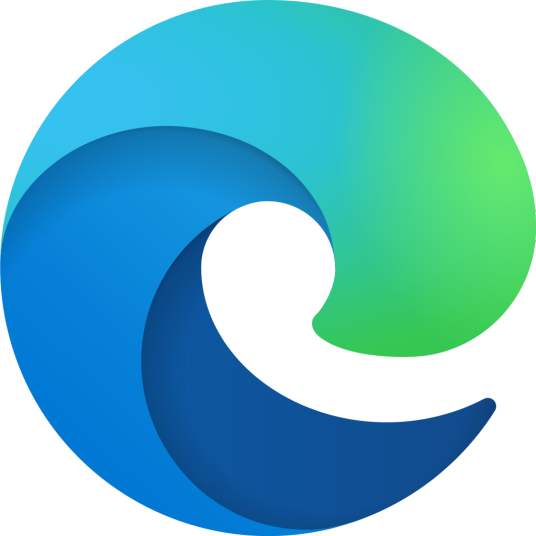

Lighting in corridors and hallways is often overlooked, but it plays a crucial role in enhancing safety, functionality, and overall ambiance. Narrow beam ceiling lights with a 120° wide angle illumination are specifically designed to address the unique lighting needs of these transitional spaces. This article explores the benefits of using narrow beam ceiling lights with a 120° wide angle in corridors, their applications, and how to select the right lighting solution for your specific needs.
One of the primary advantages of narrow beam ceiling lights with a 120° wide angle illumination is their ability to provide uniform and comprehensive coverage. Corridors are often long and narrow spaces that require consistent lighting to ensure visibility and safety. The wide angle of these lights ensures that the entire corridor is well-lit, eliminating dark spots and shadows that can cause tripping hazards or reduce visibility.
Proper lighting is essential for safety and security, especially in areas with high foot traffic. The 120° wide angle illumination ensures that every corner and crevice of the corridor is illuminated, making it easier for people to navigate and reducing the risk of accidents. This is particularly important in commercial buildings, hospitals, and schools, where clear visibility is crucial.
Narrow beam ceiling lights with a 120° wide angle illumination not only serve a functional purpose but also add to the aesthetic appeal of the space. These lights are available in sleek and modern designs that can complement any architectural style, from contemporary to traditional. The wide angle illumination creates a sense of spaciousness and enhances the overall ambiance of the corridor.
In commercial buildings and offices, narrow beam ceiling lights with a 120° wide angle illumination are ideal for creating a professional and well-lit environment. They ensure that employees and visitors can navigate the corridors safely and efficiently. The even distribution of light also helps in reducing eye strain and fatigue, contributing to a more comfortable working environment.
Schools and universities often have long corridors that require consistent lighting. Narrow beam ceiling lights with a 120° wide angle illumination are perfect for these environments as they provide bright and even lighting, making it easier for students and staff to move around. The wide angle ensures that all areas are well-lit, enhancing safety and visibility.
In hospitals and healthcare facilities, proper lighting is crucial for both patients and staff. Narrow beam ceiling lights with a 120° wide angle illumination ensure that corridors are well-lit, which is essential for emergency situations and for providing a comfortable environment for patients. The even and bright illumination helps in reducing stress and improving the overall experience for both patients and healthcare providers.
In residential buildings, such as apartments and condominiums, narrow beam ceiling lights with a 120° wide angle illumination can enhance the ambiance and functionality of common areas like hallways and corridors. They provide a welcoming and safe environment for residents, making it easier to navigate these transitional spaces.
When selecting narrow beam ceiling lights, it is important to consider the light output and brightness. Look for lights that provide sufficient lumens to ensure adequate illumination for the corridor. The brightness should be sufficient to provide clear visibility without causing discomfort or glare.
The color temperature of the lights should be chosen based on the intended use of the space. For commercial and healthcare settings, a neutral to cool white color temperature (around 4000K-5000K) is often preferred as it provides clear and bright illumination. For residential or educational settings, a warmer color temperature (around 3000K-3500K) can create a more inviting and comfortable atmosphere.
Ensure that the narrow beam ceiling lights you choose are compatible with your existing electrical system. Some lights may require specific mounting hardware or wiring, so it is important to check the specifications before installation. Additionally, consider the ease of installation and whether professional assistance may be needed.
Yes, most modern narrow beam ceiling lights with a 120° wide angle illumination are designed with energy-efficient LED technology. These lights consume significantly less energy compared to traditional lighting solutions, resulting in lower electricity bills and reduced environmental impact. Additionally, LED lights have a longer lifespan, reducing the need for frequent replacements.
Some narrow beam ceiling lights are designed for use in damp or wet locations, such as corridors in hospitals or schools. However, not all models are suitable for these environments, so it is important to check the specifications and certifications to ensure that the lights are appropriate for your specific application.
Cleaning and maintaining narrow beam ceiling lights is straightforward. Use a soft, dry cloth to gently wipe the surface of the lights to remove dust and debris. Avoid using harsh chemicals or abrasive materials, as these can damage the surface of the lights. Regular cleaning will help ensure that the lights continue to provide bright and even illumination. Additionally, check the manufacturer’s recommendations for any specific maintenance requirements to prolong the lifespan of the lights.

It is recommended that you upgrade the latest browser
 Chrome
Chrome Firefox
Firefox Edge
Edge